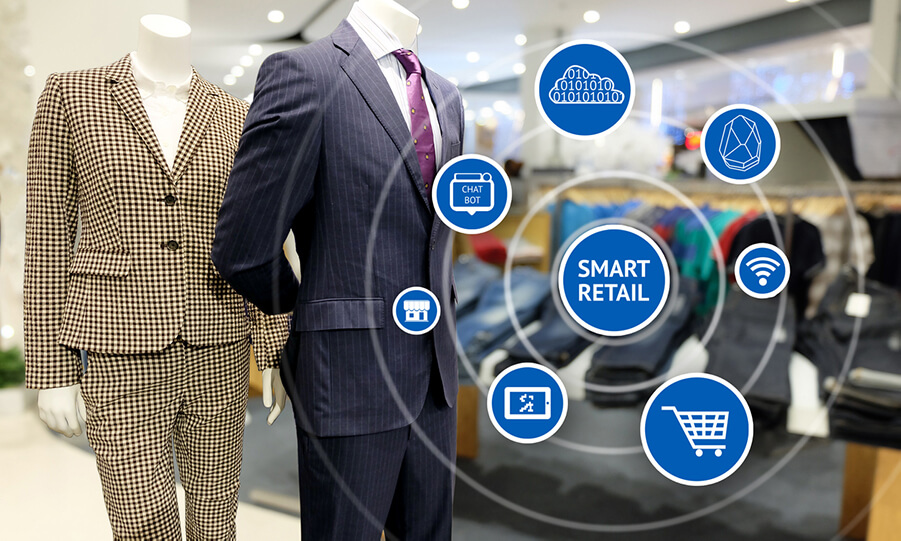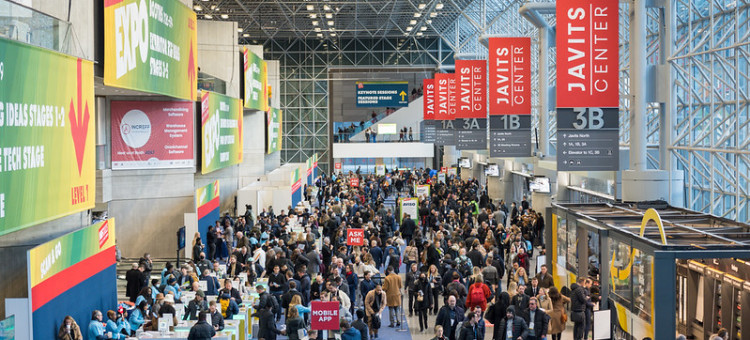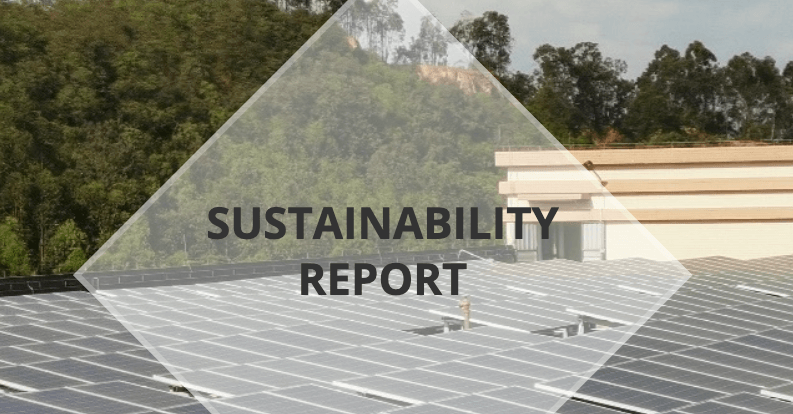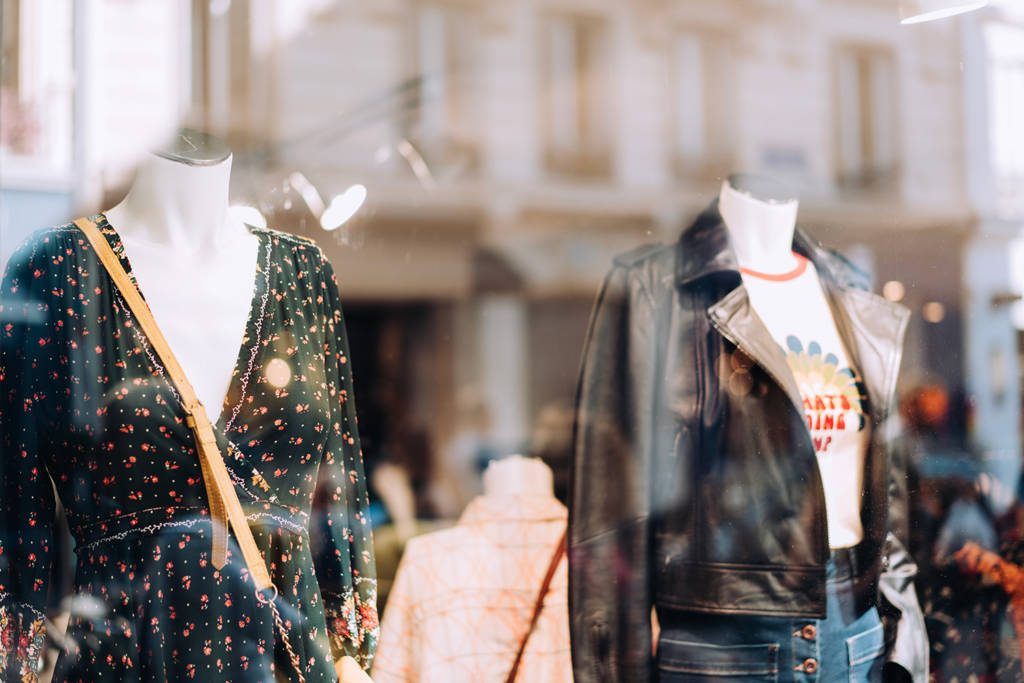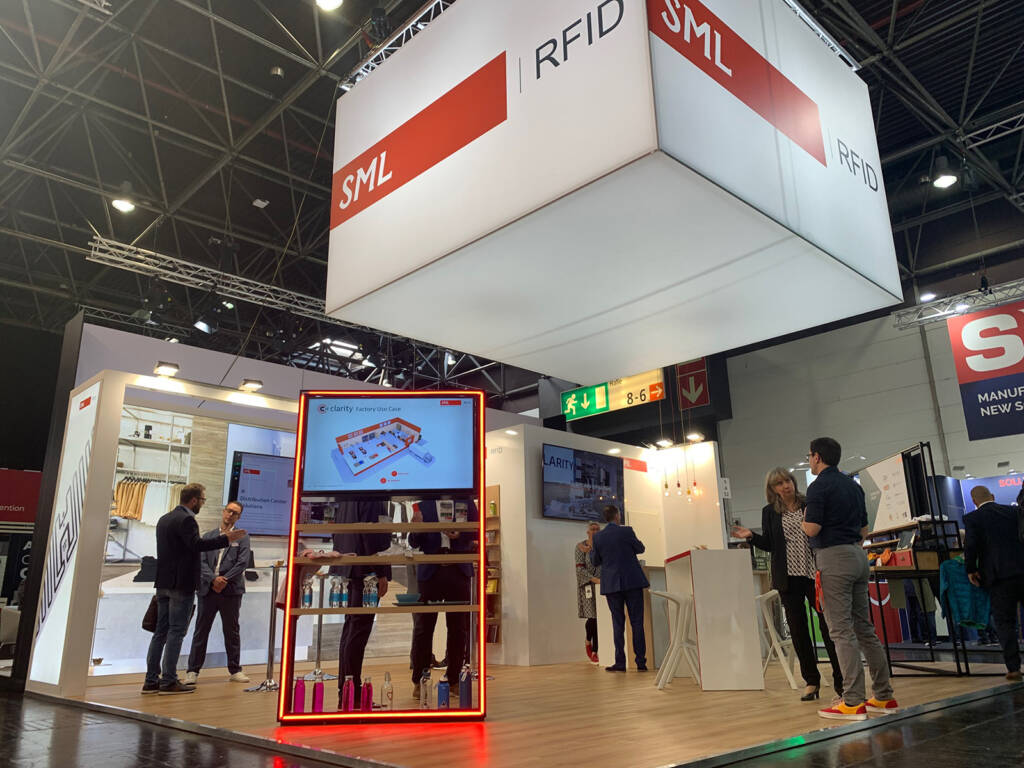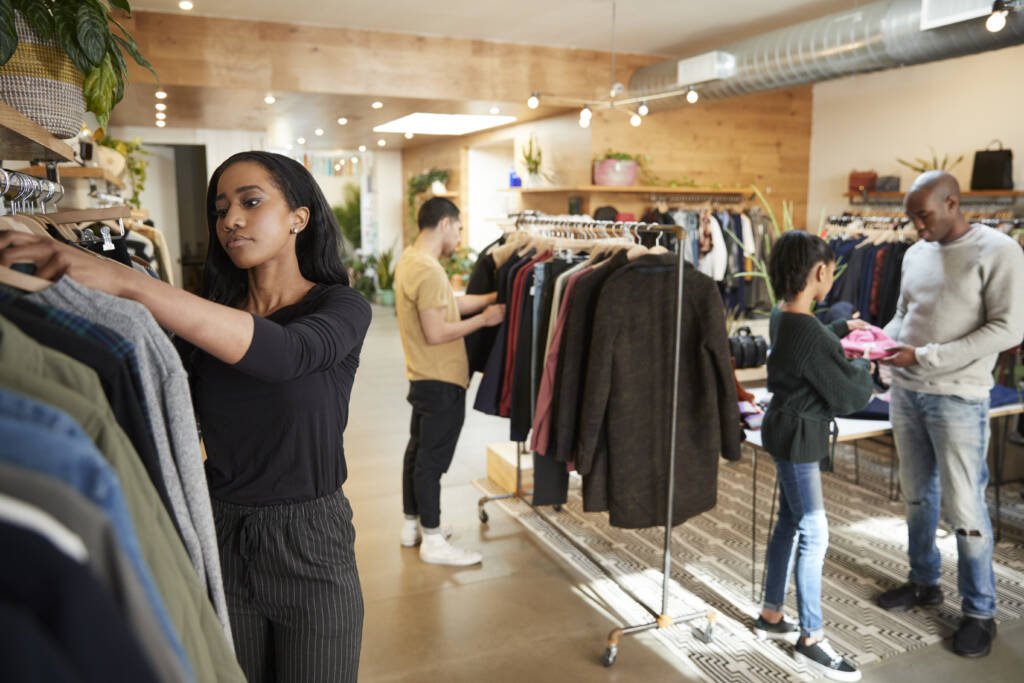Retail in 2021 – how 2020 changed the industry forever, and what the future looks like
The Coronavirus pandemic changed the way that we live our lives in almost every aspect, and all across the globe, we adjusted to our new normal. What promised to be a successful year for most turned into a year as we’d never seen before – locked away in our homes, shut off from the outside world and those we love.
Every industry was impacted by the pandemic, adjusting how they work, interacting with customers, supply stores, and operating. However, very few industries suffered as big an adjustment as the retail sector. For the first time ever, they had to adapt to not inviting customers in store, banning the try before you buy rule, reopening with reduced capacities, one way systems, and other processes designed to keep shoppers as safe as possible.
The Coronavirus pandemic has forced retailers to pivot quickly to BOPIS and omnichannel models to survive. Technology in production and being trialled in retail was thrust into the forefront, pushing the technological curve forward by years.
The retail industry pre-Covid
Pre-Covid, the retail industry was experiencing somewhat of a peak. With recovery from the financial crisis a decade earlier, a thing of the past, spending was on a high, and shops continued to expand and grow. In the UK, the retail sector took roughly 33% of all household spending, taking more than £394 billion in 2019. The retail industry also employed 5% of the UK population, with 2.9 million people employed across more than 300,000 retail outlets. Similarly in the USA, the retail market was booming. Retail sales were predicted to rise by more than 1.5 trillion USD from 2012 to 2024.
March 2020 – things changed for good.
The collapse of retail
When the world was plunged into its first full lockdown in March 2020, retail ground to a halt, factories couldn’t supply their products, retailers couldn’t receive any stock, and shoppers couldn’t purchase in store. For the first time ever, we saw a total emptying of a retail pipeline. Retailers had to pivot quickly to offer a new way of purchasing, introducing an immediate omnichannel to allow consumers to buy online and essentially keep that supply chain moving. Stores cannot afford to stand still, so pivoting to allow a new purchase method was business-critical. This pivot to online sales was effective, with online clothing sales jumping 46.1% in 2020, compared to the year before.
The effects of the collapse are being felt deep into the year. Retailers suffered their worst annual sales performance in 2020, driven by a slump in demand. Demand for some purchasing areas increased, such as food and consumable goods rose 5.4% compared to 2019. However, with demand for non-food goods dropping 5% compared to 2019, the industry value fell by 0.3% comparing 2019 to 2020. Also, in terms of the pandemic’s human costs in retail, over 180,000 thousand retails jobs were lost in the UK during 2020 – an all time high. Similarly in the United States, the Labor Department reported that unemployment in the U.S. rose to a record 3.28 million during March 2020, breaking the previous record highs from the Great Recession peak.
Specific to retail, the sales of clothes dropped in the UK by 25%, the worst it has been in 23 years, and despite numbers picking up, clothing sales remain lower than they were at the beginning of the pandemic. It is clear that customers are wary of splashing the cash, and are investing in the critically vital areas, as opposed to just nice-to-haves. Similar to the USA, except on a much larger scale. During April 2020, sales of clothes dropped by 89.3%
Retail Recovery in late 2020
It is undeniable that 2020 was the worst year on record for retail, the industry is now in recovery. As the world slowly but surely recovers, the retail sector is turning to the future once more. Shops are beginning to reopen, customers are being allowed to return to the streets, and life will show some level of returning to a semblance of normality.
However, retailers still need to be aware that while the green shoots of recovery are beginning to show, the landscape is still in unfamiliar territory, blighted by snap lockdowns and customers feeling ill at ease to return to the bricks and mortar stores. Safety measures are being introduced to make sure customers keep their distance in a safe but effective manner, such as one way systems, limited numbers of shoppers in at any one time, and stopping try-before-you-buy from avoiding multiple contacts between customers on items.
Item-level RFID technology and solutions will play a key role in the future of retail moving forward into 2021. As stores can’t operate normally, item-level RFID technology will be a key factor in allowing customers to return to stores and have significantly greater visibility surrounding the stock that stores have available. During these unprecedented times, retailers’ existing omnichannel will be pushed to the limits, and RFID can help to reduce the strain and allow retailers to prosper moving forward.
RFID technology will also be a beneficial technology to retailers in the long-run, post-pandemic. When the landscape returns to a semblance of normality, RFID technology will still offer many benefits. For example, greater inventory visibility, staff productivity increased as they are spared from the menial tasks technology can replace, and time spent on stock-takes and monitoring a supply chain is significantly reduced.
The retail sector is beginning to recover, but we shouldn’t expect to see the same landscape as before for sometime, if ever. 2021 will offer a recovery to the retail landscape and it is clear that this recovery will be fueled by investments in technology that will impact fundamentals such as inventory and labor management. As vaccines begin to gather speed worldwide, the global economy and spending patterns can begin to look to the future, powered by technology like RFID – a brighter future for retailers is in sight.


